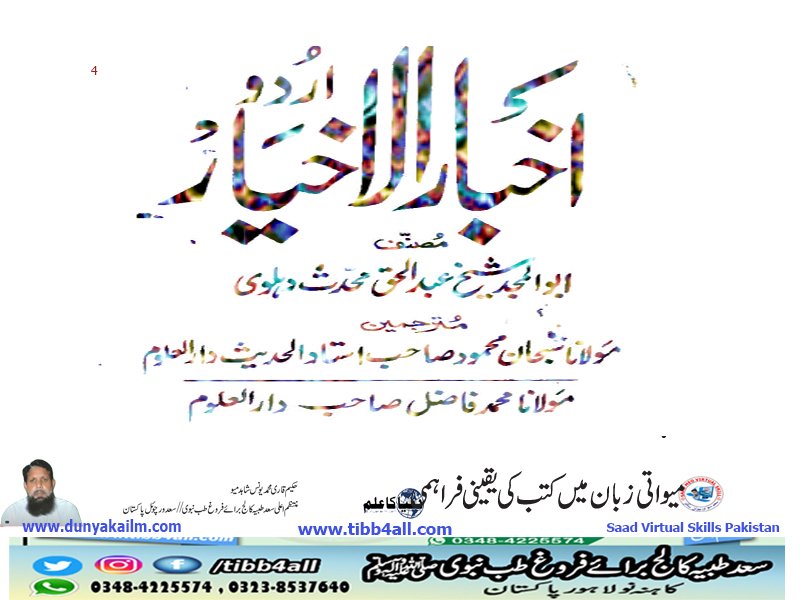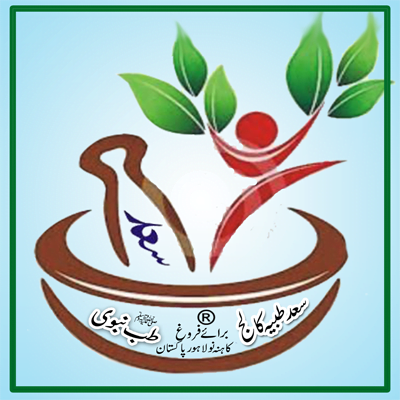Mirror History of Medicine

foreword
About one and a half hundred of my articles on various medical, historical and literary topics have been published in magazines and journals. Many friends insisted on the publication of these articles in the form of a collection. This insistence increased further when my 35 essays written on other authors’ books were published in book form under the name of “Medical Presentation”. From the published articles which span the last forty years, when I wanted to make a selection, there were so many articles on medicine, history, mention and study of Bhopal that could be compiled in four or five volumes under separate headings. . This is the first selection in a series that deals with the history of medicine.
In this mirror, not only the rapid development of demand in Greece and Arabia, especially the situation before the Abbasid era can be seen, but also the systematic capital of medicine, Greek medicine, and medicine with a review of medicine in the Empire period in India. Chinese links, Hindu Iran, and Hindu Uzbekistan medical relations are also highlighted. I also have a paper on the medical relationship of Nakal on Hindus, which covers the physical and academic services of the D’Silva family. It has been reserved for the second volume of Essays on the Medical History of Bhopal, not included in the present volume. Related to translation during the Arabic era
Qasta bin Lota
An article by contributes to this publication. The interpreters of this era are two more articles, “Turdah Bayt al-Hikamat’s medical services” and “Turdah Taqdah Thabit bin Qara”, which can be read as a link in this series in “Medical Taqdeh”. This collection also includes articles on some other corners of the Indian era, such as “Greek Medicine in India, Medical Collection of Tonic, Greek Medicine from 1901 to 1947, Urdu Medical Books in the Twentieth Century, Part of the Azizi Family in the Freedom Movement or Shafa’ul Mulk.” In Mirror of Medical Movements”. These are basic texts on these topics, not previously practiced.
It is hoped that this humble effort will be of interest to scholars and will promote the study of medical history.
For more information



